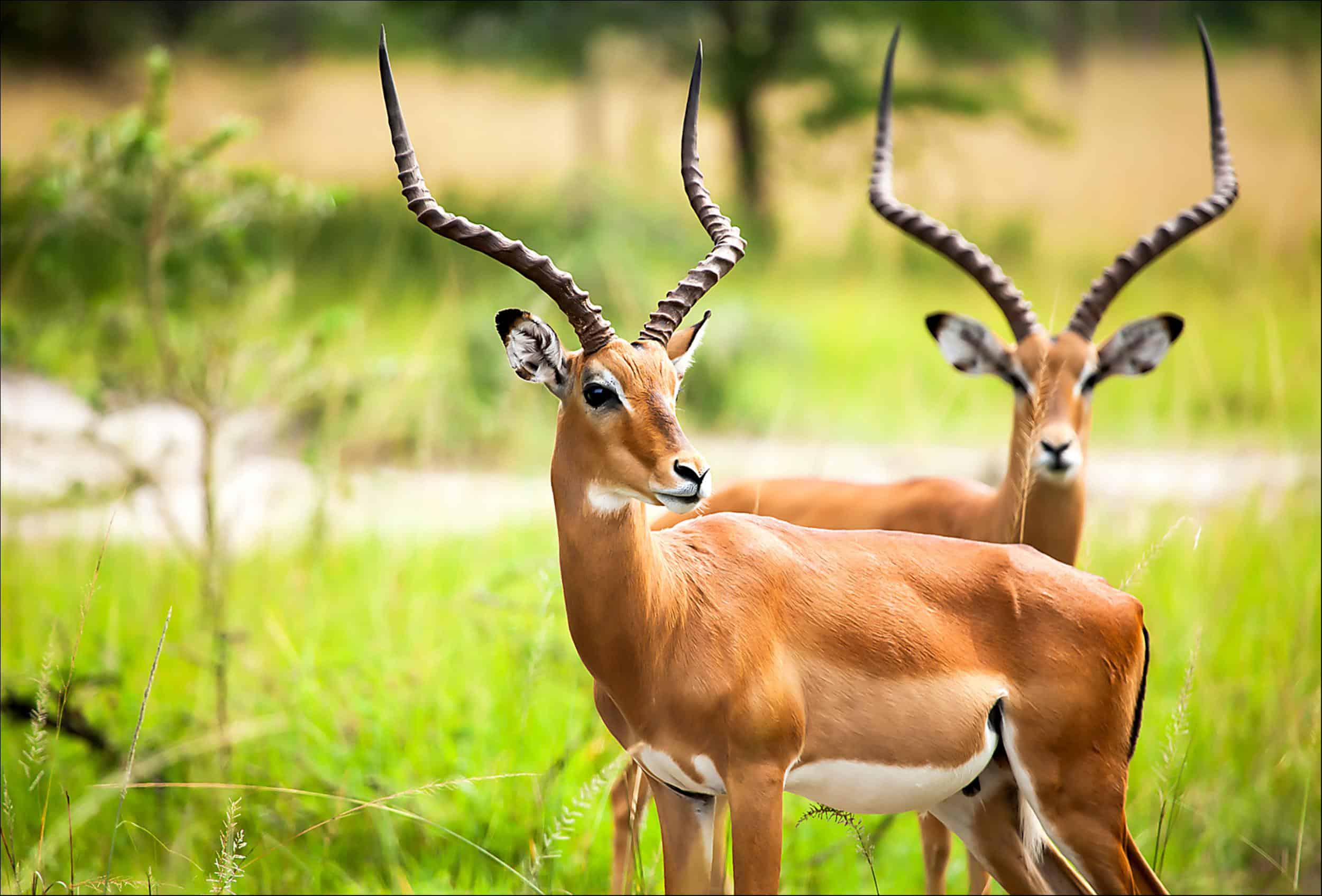
Antelope Canyon, a mesmerizing fusion of light and stone, beckons adventurers and photographers alike to transcend the ordinary into realms of sheer beauty. Nestled in the heart of Arizona, this captivating slot canyon comprises two primary sections: Upper Antelope Canyon and Lower Antelope Canyon. Each possesses its own intrinsic allure, posing an alluring question to the photography aficionado: Which is superior? In this exploration, we’ll delve into the distinct characteristics of both canyons to unravel the enigma that lies behind this picturesque dilemma.
As we embark on this visual journey, one must recognize that each canyon uniquely embodies the paradox of light and shadow, with formations that seem to dance to an ancient rhythm. The duality of Upper and Lower Antelope Canyon reflects not merely a geographical distinction but a philosophical one: a journey into the depths of creativity versus the heights of inspiration.
Upper Antelope Canyon: The Celestial Theater
Upper Antelope Canyon, often dubbed “The Crack,” is renowned for its ethereal formations and the way sunlight floods its chambers, creating a painterly tapestry of colors. Characterized by its wider passages, it invites visitors into a grand theater where natural lights play a symphony of luminescence. Here, the beams of sunlight penetrate the narrow openings above, cascading down like celestial waterfalls onto the shimmering walls of sandstone, forging a connection between earth and sky.
Photographers flock to Upper Antelope Canyon for the breathtaking spectacle of “light beams.” These rays occur primarily in the summer months when the sun’s position aligns perfectly to illuminate the canyon’s depths, offering an ethereal glow that is simply unparalleled. The reddish and orange hues of the sandstone are accentuated by the light, invoking a surreal ambiance reminiscent of an artist’s palette splashed across the walls.
However, the popularity of Upper Antelope Canyon poses certain challenges. The influx of visitors, particularly during peak tourist seasons, may detract from the serene atmosphere that many seekers of beauty yearn for. The cacophony of conversations and the bustle of camera clicks can occasionally disrupt the haunting tranquility that permeates the canyon. Additionally, the need for guided tours can feel restrictive to some, as spontaneity is a photographer’s muse.
Yet, even amidst the throngs, creativity flourishes. The majestic curves and flowing shapes of the canyon lend themselves to a myriad of compositions—from sweeping views capturing the grandeur to detailed shots of the intricate textures that render each wall a canvas of nature’s artistry. In Upper Antelope, every angle tells a story, each photograph a unique interpretation of the primordial forces that shaped this wonder over millennia.
Lower Antelope Canyon: The Enigmatic Labyrinth
In stark contrast, Lower Antelope Canyon reveals itself as a serpentine labyrinth, a treasure trove for those willing to explore its depths. Known for its narrower passages and intricate pathways, this section is akin to a carefully guarded secret, one that whispers invitations to those who venture beyond the conventional. The whimsical nature of its formations invites photographers to discover an entirely different narrative—a tale woven from tight turns and unexpected vistas.
One of the corybantic appeals of Lower Antelope Canyon is its interactive experience with the environment. The necessity to navigate through its twisting corridors fosters a more intimate relationship between the photographer and the landscape. Each step is a new revelation—a new opportunity to capture the diverse interplay of light and texture. The narrow crevices juxtapose stark shadows against sunlit sections, creating dynamic contrasts that can evoke a sense of drama and tension.
Furthermore, the fewer tourists in Lower Antelope Canyon often contribute to a more contemplative atmosphere. Photographers may find solace in the quieter spaces, where the gentle rustling of sandstone seems to echo with stories untold. This solitude allows one to immerse deeply into the creative process, offering moments of uninterrupted observation that enrich the photography experience.
However, it is important to acknowledge the physical demands of Lower Antelope Canyon. The less accessible nature of this section may require a degree of agility and adaptability, as steep staircases and confined passages can challenge even the most seasoned adventurers. Those who embrace this challenge often find the rewards transcend the effort, as the stunning formations create images of unparalleled allure.
In Lower Antelope Canyon, photographers can capture a diversity of visual narratives, from sweeping abstracts to poignant vignettes that encapsulate the essence of nature’s artistry. The deeper exploration of this enchanted sanctuary allows for the revelation of textures, patterns, and colors that tell a story as rich as the earth itself.
The Verdict: A Matter of Perspective
Choosing between Upper and Lower Antelope Canyon is not merely a decision between two stunning geological formations; it is a reflection of the diverse facets of creativity. Each canyon invites myriad interpretations, serving as a canvas for both the emotional resonance of landscape and the evocative potential of light. In this visual duel, there is no definitive loser, for both canyons coalesce to form a broader narrative about the natural beauty that resides in the heart of the earth, echoing through time and space.
